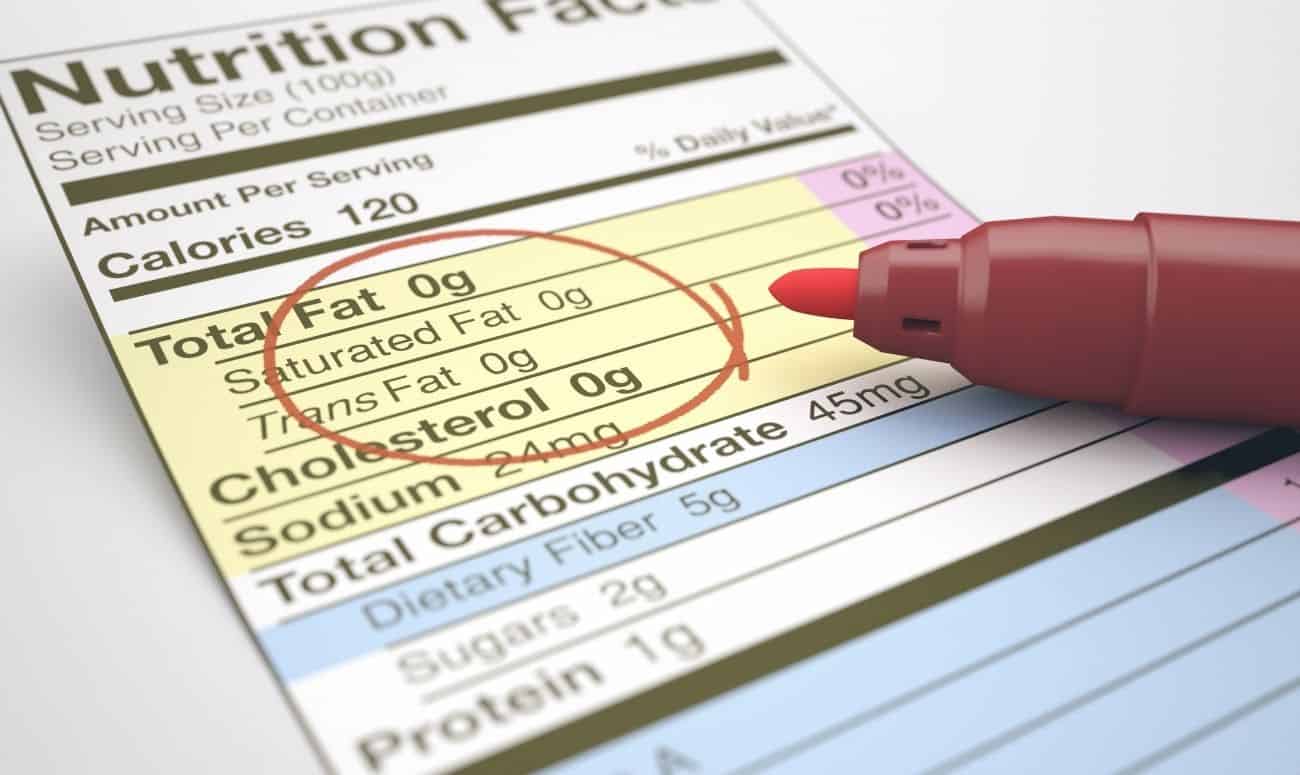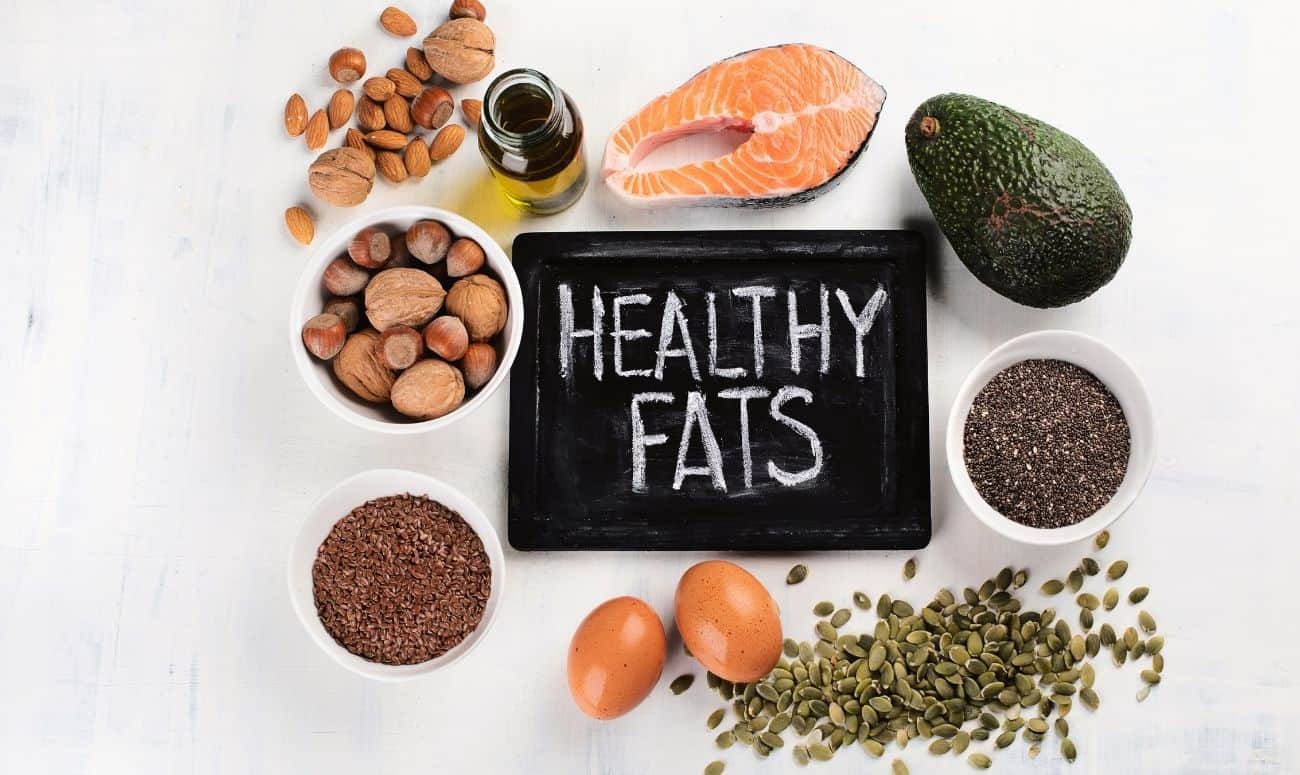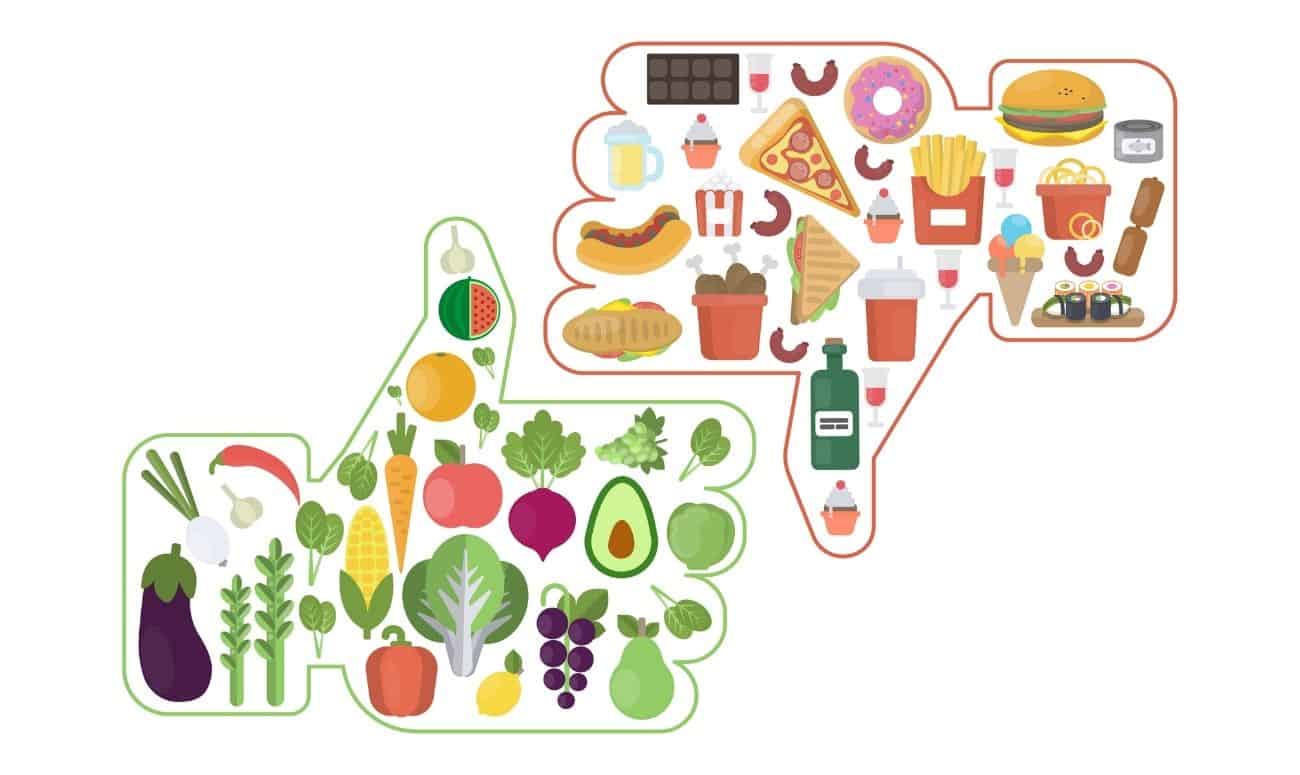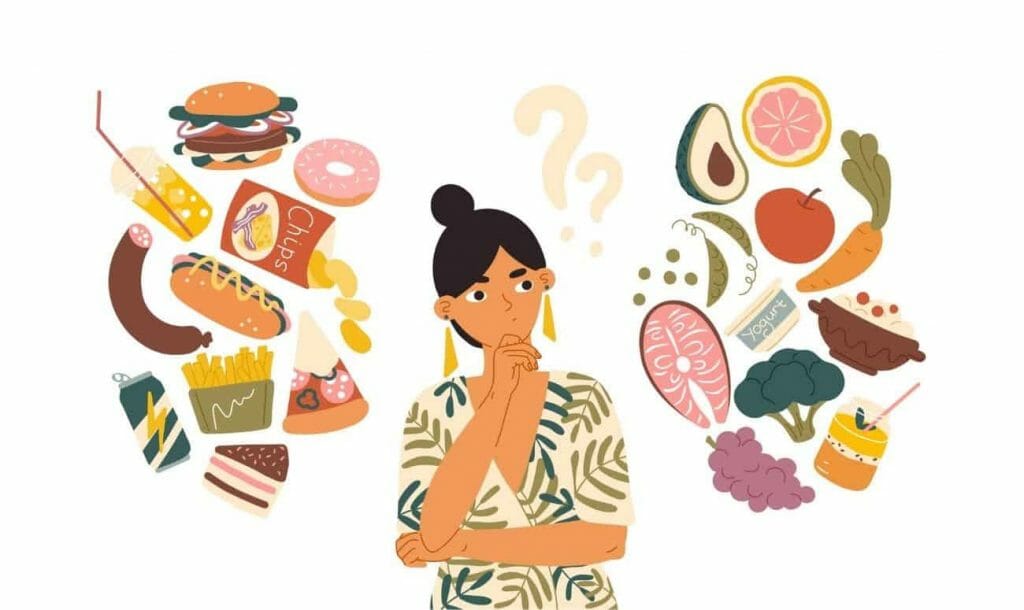Out of the three major macronutrients – carbohydrates, fat, and protein – none have been put on the stand much as fat has. From having a love and hate relationship with the macronutrient to basing diets around eliminating it completely, fat’s complex role is yet to be completely understood. But what we need to comprehend is that fats have a bigger role than just making us fat.
So, what is fat, really?
Fats are one of the three macronutrients found in our food. We put on weight mostly because of the excess fat that gets stored in our bodies. Fat is nothing but the slowest and most efficient form of energy our body can get. Your body needs it to keep your skin and hair healthy.

Not just that, fat also helps you absorb vitamins A, D, E, and K. Dietary fat can be found in all animal products as well as a bunch of plant foods like nuts, seeds, olives, avocados, coconuts, and in oils. However, fat is only part of the problem when it comes to gaining weight. Eating more calories can come from carbohydrates, fat, protein, and alcohol. Genetics, age, gender, and lifestyle also weigh into the weight-gain formula.
What are the different kinds of fats?
There are three main types of fat found in our food; saturated, unsaturated, and trans fats. Saturated fats are full of hydrogen molecules and can be found in most animal products but also in oils like coconut and palm oil. These fats are solid at room temperature. A diet high in saturated fat can increase the risk of cholesterol build-up in the arteries and so should only be consumed in less than 6% of your total daily calories.
The second type, which is unsaturated fats, is not fully saturated with hydrogen molecules. They come in two kinds; mono-unsaturated fats which can be found in foods like olive and canola oil, and polyunsaturated fats found in safflower, sunflower, corn, and soy oil. Consuming unsaturated fats instead of saturated fats reduces your LDL cholesterol, lowers blood pressure, and prevents abnormal heart rhythms, making them the ‘good’ fats of the bunch.
Monounsaturated fats and polyunsaturated fats are known as good fat because they are good for your heart, your cholesterol, and your overall health. These fats can help reduce the risk of heart disease and stroke. This includes oils such as olive, canola, sunflower, soy and corn, nuts, seeds, and fish. Essentially oils that you derive organically are safe for consumption. It’s absolutely okay to consume these fats.

Trans fats are probably the unhealthiest fats of them all. Most trans fats are artificially created through a process called hydrogenation where hydrogen is added to liquid vegetable oils to solidify them. Such trans fats increase disease risk even when eaten in small quantities. Foods containing trans fats are primarily processed foods, fried foods, and processed baked goods. Trans fat has been mostly eliminated in today’s date but always read the ingredients before purchasing food items.
How to pick the good from the bad?
You must be thinking, how can fat be good for us? Well, fat has a long to-do list when it comes to helping our bodies function properly. Firstly, fat is one of the major sources of energy our body can get, some of which we utilize immediately while the rest we reserve for when the energy we get from carbs is depleted. Fat is also essential for body growth and development, being integral to processes like our immune system response, blood clotting, nervous system functioning, and reproduction. So, depriving your body of dietary fat isn’t a healthy option as it robs you of these essential benefits mentioned above.

We’re not denying the fact that dietary fat plays a significant role in obesity. The unhealthy ones lurk in most of the foods we have a love affair with; French fries, processed goods, cakes, cookies, chocolates, cheese, and much more. And yes, fat does trigger an increase in rates of type 2 diabetes, certain cancers, and heart disease in addition to weight gain but choosing the right type can change the game for you.
One of the most important factors in reducing the risk of heart disease is choosing the right types of dietary fat. In fact, healthy fats play a major role in helping you manage your moods, enhance your mental wellbeing, fight fatigue and even control your weight. Adding unsaturated or ‘good’ fat to your diet will make you feel more satisfied after a meal, reducing hunger and promoting weight loss.
The problem only arises when we consume more food than we burn by physical activity. If you’re dormant and not burning the calories that you consume, you’re bound to put on weight. The U.S. Department of Agriculture’s 2005 Dietary Guidelines recommends that adults get 20% – 35% of their calories from fat. At a minimum, we need at least 10% of our calories to come from fat. So, yes, fats are important but only when picked right.
How can you start eating healthier?
Focus on replacing foods high in saturated fat with foods rich in unsaturated fat.
You can start by: –
- Using oil instead of butter: Start sautéing your food in olive oil, and use canola oil while baking.
- Consume more Omega -3 Fatty Acids every day: Eat fish rich in Omega 3 at least twice a week. If you’re on a plant-based diet, try flaxseeds and flaxseed oil, chia seeds, walnuts, edamame, beans, brussels sprouts, kale, and spinach.
- Remove skin from your poultry: Choose lean meat and chicken. Trim the visible and extra fat from your meat and then use it for consumption.
- Eat more avocados: The butter fruit is rich in heart and brain-healthy fats, making them extremely filling on top of being plain delicious.
- Snack on olives: High in monounsaturated fats, olives are a great low-calorie snack for when the hunger pangs hit.
- Make your own: Home-made food, especially salad dressings, is a great way to take charge of your own health. Create your own recipes with healthy oils and alternatives.
- Limit and reduce processed foods: Stop eating food that contains saturated fat. Switch from whole milk dairy to lower fat versions and reach for fruits and vegetables when hungry.
Fat is an important part of a healthy diet. The recipe for a healthy diet is choosing foods that contain unsaturated fats, limiting foods high in saturated fat, and avoiding trans fats completely.
Read more: This Lifestyle Brand Is Shifting The Narrative Around Plant-Based Nutrition
Like & Follow ThinkRight.me on Facebook, Instagram, Twitter, and Telegram to stay connected.






























